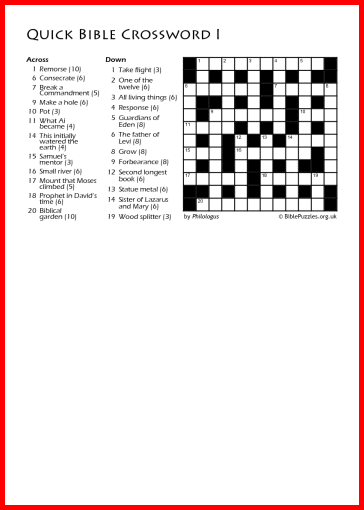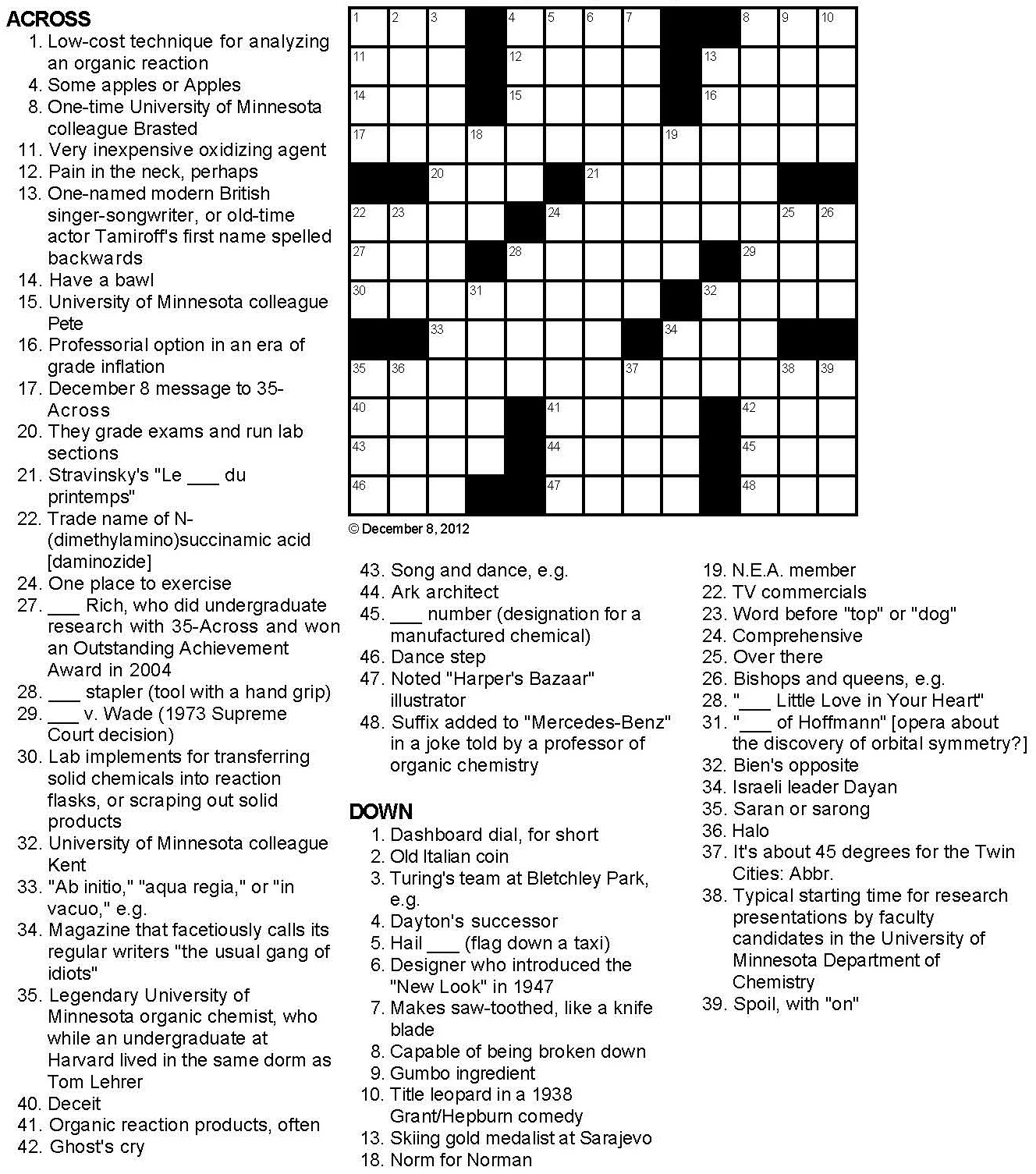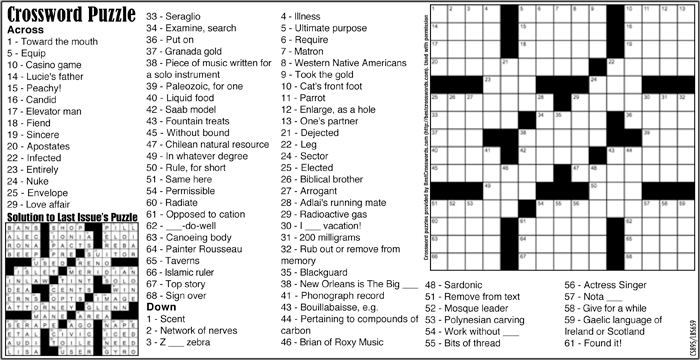

The national curriculum assessments – also known as Sats – are taken by state school pupils in year 6, at the end of primary school. Jon Andrews, the head of analysis at the Education Policy Institute, said: “While there have been small increases in the percentage of pupils reaching the expected standard in maths and writing, these are still well below pre-pandemic results.” We use Google reCaptcha to protect our website and the Google Privacy Policy and Terms of Service apply. For more information see our Privacy Policy. Privacy Notice: Newsletters may contain info about charities, online ads, and content funded by outside parties. It is extremely difficult to raise standards when schools are struggling to put a qualified teacher in front of every class.” skip past newsletter promotion

Tiffnie Harris, a primary specialist with the Association of School and College Leaders, said: “Schools are straining every sinew to improve results and we appeal to the government to support them by urgently addressing the national crisis caused by teacher shortages and inadequate funding. There is no substantial programme to support educational recovery.” The national tutoring programme has not enabled a rise in the overall profile of results. Nevertheless, this year’s results still fall far short of the government’s stated target of 90% of pupils meeting the expected standard in reading, writing and maths at key stage 2 by 2030, described by one commentator as “a pipe dream”.ĭr Mary Bousted, the joint general secretary of the National Education Union, said: “These results confirm the point made by teachers and researchers: primary schools are still deeply affected by the pandemic and Sats worsen this already difficult situation. Attainment in grammar, punctuation and spelling remained unchanged at 72%. In writing it was 71%, up from 69%, and in science 80% met the expected standard, a small improvement from 79%. In maths, 73% of pupils met the expected standard, up from 71% in 2022. There were small improvements in results for some subjects.

This year’s Sats cohort were particularly disrupted at the end of year 3 and in year 4. The latest key stage 2 results will raise concerns about the efficacy of the government’s education recovery plans and the enduring impact of the pandemic on children’s learning. The Standards and Testing Agency later ruled it was at the appropriate level of difficulty. This year’s Sats reading paper, which children sat in May, triggered complaints from parents and teachers who said it was so hard it reduced some children to tears. It comes after ministers celebrated England’s success in the Progress in International Reading Literacy Study ( Pirls) earlier this year, when children from English schools moved up to fourth place in the global literacy league table. It still remains higher than reading attainment in 2016 (66%) and matches 2019 results (73%). According to official government statistics published on Tuesday, 73% of the cohort achieved the expected standard, down from 75% last year. Ministers will be particularly concerned about a drop in reading attainment.


 0 kommentar(er)
0 kommentar(er)
